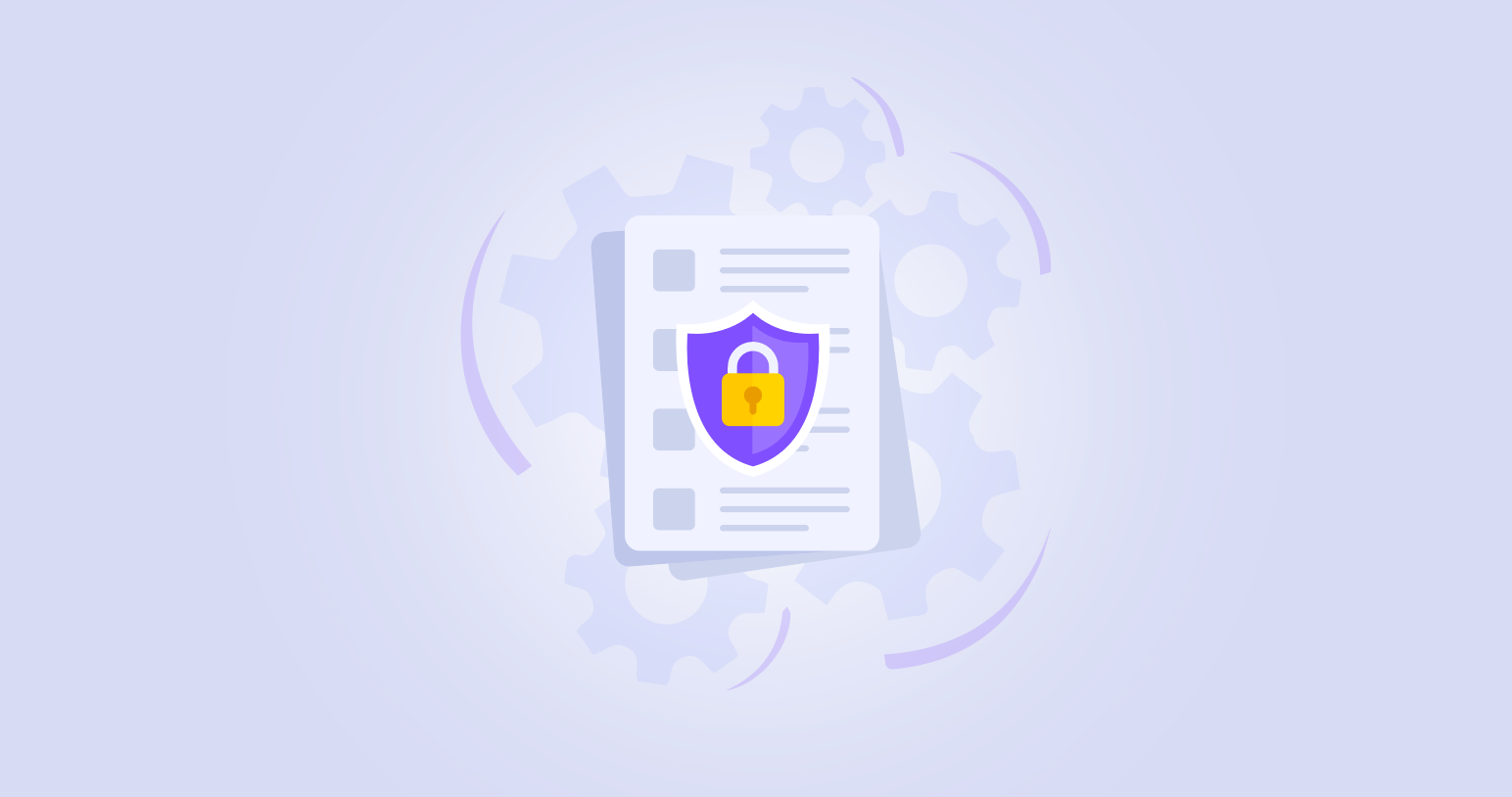Cyber Insurance is an important part of your cybersecurity strategy – are you prepared?
How Cyber Insurance Enhances Cyber Resiliency
Ten years ago, cybersecurity insurance was almost unheard of. Today, it’s becoming an integral part of how companies across many industries are managing and mitigating risk.
The Growth of Cyber Insurance
Cyber insurance (also known as cyber liability insurance or cybersecurity insurance) helps protect an organization against financial losses resulting from cyber threats and incidents. This includes data breaches, where sensitive information is compromised in ransomware attacks, where systems are compromised and held hostage in exchange for financial compensation, and general customer data protection, where customer information is exposed.
The attention that industry is paying to the value of cyber insurance in managing these risks is apparent in a review of Google search trends for related topics over the last five years: there is global attention being paid to this option.
-4.png?width=1200&length=1200&name=image%20(4)-4.png)
Research by global insurance provider Munich RE identifies six areas that have the greatest impact on cyber insurance:
- Artificial intelligence – AI is driving the volume and increasing the frequency of claims predicted in the years ahead.
- Geopolitics – There is increasing sophistication of threat actors, augmented by nation states participating in attacks. They predict the cyber arms race will also influence supply chain risks.
- Supply chain – Insurers predict a growth in digital bottlenecks and system risks – including to cloud services – especially given the difficulty of assessing third party security.
- Data privacy – There is increasing risk of liability coupled with more regulation, compliance and reporting and breach reporting requirements, driving costs to businesses.
- Business Email Compromise (BEC) – BEC occurs when a scammer uses email to trick someone into divulging confidential company info, often by pretending to be someone trusted. Despite being highly unreported, high losses are expected in this area by the insurance field.
- Ransomware – Continues to be the largest risk and loss driver. I’ve written before about ransomware attacks, so that's a good place to go for more background into that risk. But some updated numbers to be aware of:
- According to the 2024 Thales Data Threat Report, ransomware attacks have increased by 27% over the last year, but less than half of organizations have an Incident Response Plan in place for responding to a ransomware event.
- In a Splunk CISO report of 350+ senior security executives, 83% paid their attackers, either directly via cyber insurance or through a negotiator.
- Munich RE lists ransomware attacks as one of the biggest cyber risk drivers, with cryptocurrency payments spiking to $1.1B in 2023.
What information do you need to procure cyber insurance?
When considering procuring cybersecurity insurance, you’ll need to gather and provide information to the insurance provider. This may include:
1. Risk Assessment and Cybersecurity Measures:
Organizations must demonstrate their cyber risk management practices. This includes detailing your existing cybersecurity measures, such as firewalls, intrusion detection and prevention systems, encryption protocols, endpoint protection, identity management, and employee training.
You’ll also need to provide information about vulnerability assessments, penetration testing, and security audits to help insurers assess your risk exposure.
2. Network Infrastructure Details:
You should provide an overview of your network architecture, including data centers, cloud services, and communication channels. Details about critical assets, such as customer databases, billing systems, and network security, are also essential pieces of information.
3. Incident Response Plan:
Insurers want to know if you have a robust incident response plan in place. This plan outlines how you will handle a cyber incident, including your detection capabilities, communication, containment, and recovery. This includes formally identifying key personnel responsible for incident response.
4. Historical Data and Incident Records:
Businesses should disclose any past cyber incidents they’ve experienced. This includes compromised accounts, ransomware attacks, and other system or data breaches. Providing details about the scope of impact and how you mitigated those incidents in the past demonstrates a formal risk management and response process.
5. Third-Party Contracts and Vendor Risk:
Businesses often work with third-party vendors. Insurers want to understand the security practices of these vendors. Details about vendor access, security assessments, contracts, and contractual requirements related to cybersecurity are relevant.
6. Financial Information:
Businesses should share their financial statements and demonstrate their financial stability. Insurers assess the potential impact of a cyber incident on your financial health.
7. Coverage Requirements and Limits:
Organizations need to specify the coverage limits they seek. This includes limits for first-party cover (direct losses) and third-party cover (liability to others).
Understanding the deductibles and retention amounts is crucial.
Remember that each insurer may have specific requirements, so it’s essential for you to work closely with your insurance broker or agent to tailor the coverage to your unique needs. Cyber insurance can help you share the risk, receive expert incident response support, and recover more effectively after a cyber event.
According to Davis Hake, the Co-Founder and Vice-President of Policy at Resilience Insurance, quoted in the World Economic Forum’s Global Cybersecurity Outlook report for 2024: “If insurance can transform more into a risk management solution, you’re going to see cyber insurance as a driver for not only incentivizing companies to be safer, but as something that every company that wants to address this risk needs to have.”
How Enveedo Can Help
Despite the obvious need many businesses have for cyber insurance, taking steps to procure it can seem daunting. Enveedo can help lay the foundation to make the process less painful.
Our platform onboarding process helps you completely understand the current state of your cybersecurity posture. Then, it guides you in building a cybersecurity program that addresses your key deficiencies. The all-in-one platform gives you the ability to respond to security applications and surveys with confidence, while supporting you in establishing and maintaining a robust defensive strategy. This will result in a faster cyber insurance application process – and discounted rates.
Enveedo guides you in:
- Building a security strategy and roadmap to protect your business
- Creating and managing your Incident Response Plan
- Identifying and Managing Risks
- Obtaining stakeholder buy-in with our Risk Posture and Performance Reports
- Managing, tracking and delegating projects (and tasks) all in one place
Book a free, no-obligation consultation with a CISO Strategist to talk about how your business can best prepare itself to seek out cyber insurance that will mitigate risk without breaking the bank.
You May Also Like
These Related Stories

Building a Cyber Security Program for Your Business: The First 100 Days

Mastering Cybersecurity Incident Response Planning: A Strategic Guide


No Comments Yet
Let us know what you think